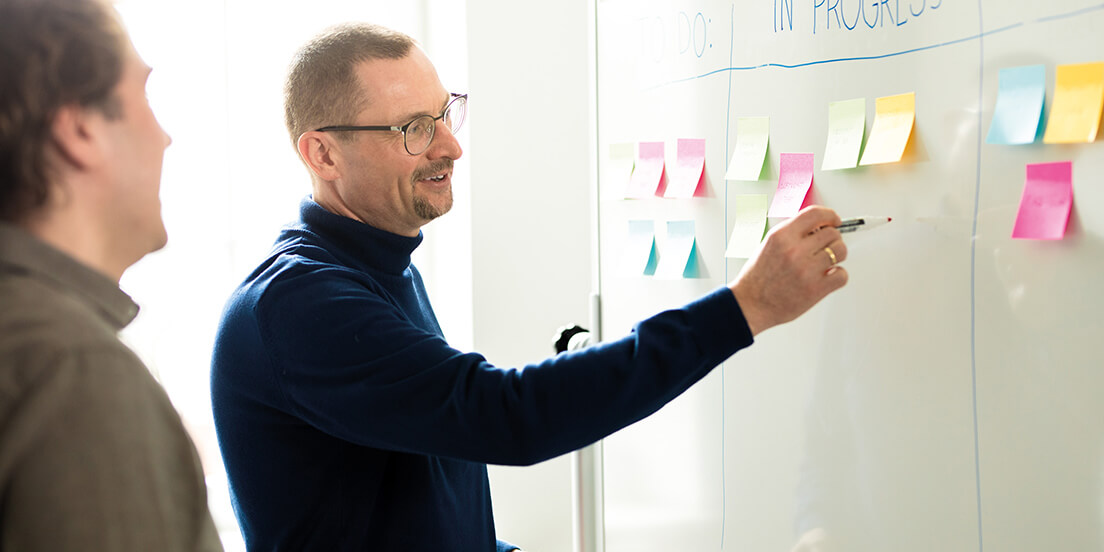Software Tool for Data-driven Purchasing Path Optimization
A software tool implemented enables to visualize retail space and localized consumer behaviour data to drive optimizations in layout design and purchasing path optimizations

Client
InDreams Sp. z o.o. Sp.kPoland
Project Duration
4 months2 people
Services
Client Challenge
The client, InDreams, a direct marketing agency serving major corporate clients - design and implement tailored sales support programs. The latter are meant to drive sales by increasing the engagement of target consumer groups and enhancing their shopping experiences. The sales support programs are often based on communications conducted with web platforms and mobile applications. The client needed to build a software application with which to process and visualize the results of consumer behaviour research conducted in the context of FMCG retail facilities. The visualization tool was supposed to provide analytic insights and facilitate the optimization of commercial space and consumer purchasing paths in such retail facilities.
Service Process

We were engaged to programme the application with which to process the input behavioural data gathered and visualize the latter in a few different formats to foster insightful analysis and layout optimization decisions. The consumer-behaviour data processing and visualization tool was meant to support the client’s research personnel who design retail facility layouts with a view to creating rewarding consumer shopping experiences at the shop shelf and optimizing sales revenue for the client’s FMCG customer organizations.
We designed and implemented a software application which enables the user to generate 2D and 3D shop layouts/maps, import consumer behaviour research data as well as process and display the latter in a from to empower the client personnel working on layout and purchasing paths optimization projects. The system consists of a few functional modules, including: a shopping facility layout generator, the Bioscope research data import module (for biometric measurement data), the shopping trolley and eyewear data import module (for localized and time-bound trolley-paths data), the 2D and 3D viewing and view-capture/export modules, as well as the module for adding photos and videos to 2D and 3D visualization models.
Project Results
The shop layout generator enables to create shopping facility maps, i.e. 2D and 3D visualization models, based on project layout templates as well as edit their visual contents by selecting and manipulating elements from a set of shopfitting object models, such as equipment, fixtures and fittings objects. The shopping facility maps can also be edited in such a way as to capture the information about the shelf localization of the various product categories stocked in the shopping facility. The data-import modules allow to layer the generated visualization models with the consumer behaviour-related research data for analysis and optimization decisions. In other words, the Bioscope consumer behaviour data, including eyewear photo and video data as well as behaviour and emotions maps, is imported and displayed in the 2D and 3D shopping facility visualizations.
From a technical standpoint, the software analysis and visualisation tool consumes and processes three types of input data: (1) JSON files containing shelf categories and shelf parameters along with consumer emotional and rational engagement level data for specific shelf geographies, (2) JSON files with localized and time-bound shopping trolley and eyewear data, incl. photo and video attachments and (3) other BioScope research data delivered by the shopper marketing consulting firm. As regards the output, the user working on a shopping path optimization project can take advantage of one of the three available visualization models: (1) a top-down / 2D view, (2) a first-person / 3D view or (3) a Virtual Reality view to be consumed with the Oculus Rift gear. The views generated enable the user to analyze the shopping facility layouts along with consumer behaviour data such as product categories, related BioScope behaviour and emotions maps, shopping trolley paths-related data, photos and videos. All the Unity3D-related components of the system were developed with our partner company: 4experience.
Features
- a software application for 2D and 3D visualization of shopping facility layouts and consumer behaviour data
- data-rich 2D and 3D visualization of FMCG retail facilities for layout and shopping path optimization decisions
Benefits
- access to information with which to design more rewarding shopping experiences
- access to analytical insights with which to optimize retail space layouts and consumer purchasing paths for better sales results